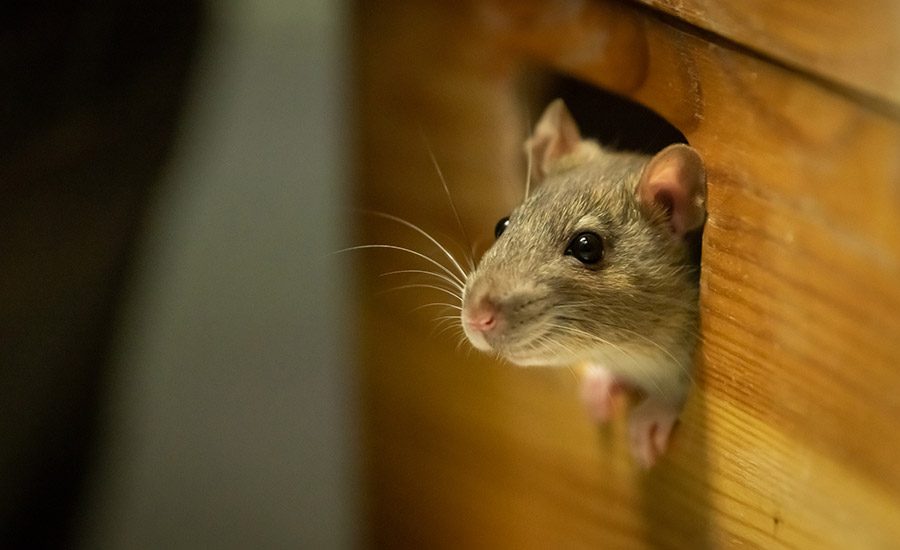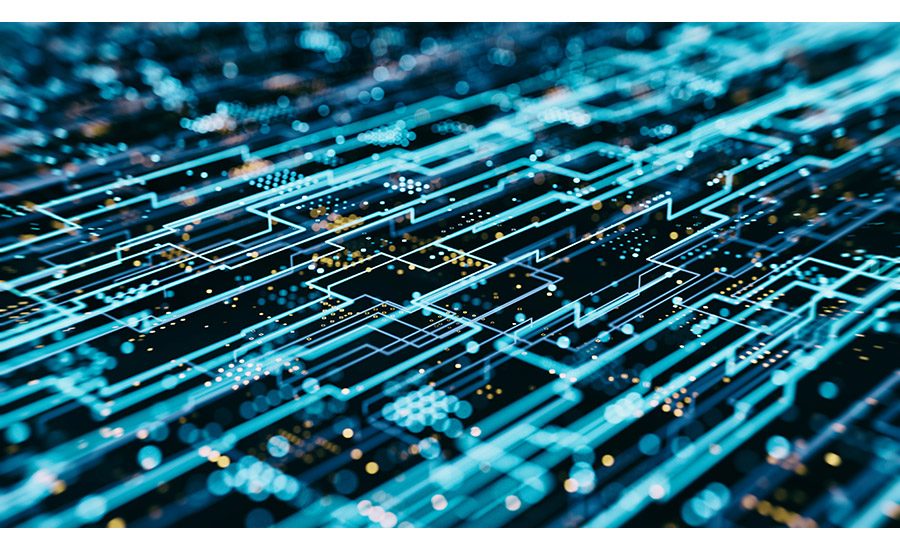From the Editor
Will Laboratories Become Self-Driving?
A facility at the Pacific Northwest National Laboratory will use artificial intelligence to automate its entire experimentation process.

There is a lot of discussion these days in the automotive industry about self-driving technology in cars. I remember talking to an executive in the automotive industry over 10 years ago about driving on the Autobahn and using the self-driving technology that was available at that time. Today, that technology is much more sophisticated thanks to new techniques and hardware for implementing artificial intelligence (AI). The same advancements that are improving the ability of a vehicle to evaluate its surroundings and respond accordingly can be applied to many other areas of life, including the laboratory. A Director’s Column by the Pacific Northwest National Laboratory’s (PNNL) director, Steven Ashby, in April explained how AI is being used to advance scientific research.
In the column, Ashby stated that an expansion to the Environmental Molecular Sciences Laboratory, a Department of Energy (DOE) user facility at the PNNL, is going to use artificial intelligence (AI) to automate its entire experimentation process, from preparing samples to analyzing data that will guide the next steps of an experiment. The goal of the planned Microbial Molecular Phenotyping Capability is to speed up the rate of experimentation in hopes of enabling "biotechnological advances, such as more economical and efficient production of fuels, chemicals and materials." While the effort began by focusing on analysis of microbes, the technologies and methods extend to many types of materials.
Ashby outlined how researchers are using a breakthrough in electron microscopy to accelerate materials science advances. With complex algorithms, scientists "can train a model to find patterns of interest in the high volume of data collected by these instruments — making it possible to speed the development of new materials for more efficient catalysts and longer-lasting batteries." Ashby goes on to explain that this method has been used for about a decade, but the process was still labor intensive. However, with the latest advancements, what could take researchers up to 100 hours is now accomplished in about an hour.
In the column, Ashby explained, "Their [scientists at PNNL] use of AI to aid research will ultimately lead to 'self-driving laboratories' and 'autonomous experiments' that fully integrate artificial intelligence, robotics and digital technologies."
This issue of ASI covers a variety of topics including sustainability, automation, measurement, and technological advancements. Enhanced research methods, especially those leveraging recent improvements in artificial intelligence technology can accelerate advancements in all these areas of importance to the adhesives and sealants industry.
Read this issue to find an article by Bostik that outlines the two separate paths for manufacturing heat-sealable packaging, an article from Munson about keeping hot-melt adhesives cool during the mixing process, an article by Scheugenpflug describing the precise dispensing methods for medical wearable assembly, and an article from FRACTURE ANALYTICS that describes a new approach for assessing the adhesive safety of double-sided tapes. Also review this year’s Equipment Handbook to learn about and source all the equipment adhesive and sealant manufacturers need. And as always, please contact me at Parkerk@Bnpmedia.Com if you have something to share.
Looking for a reprint of this article?
From high-res PDFs to custom plaques, order your copy today!






